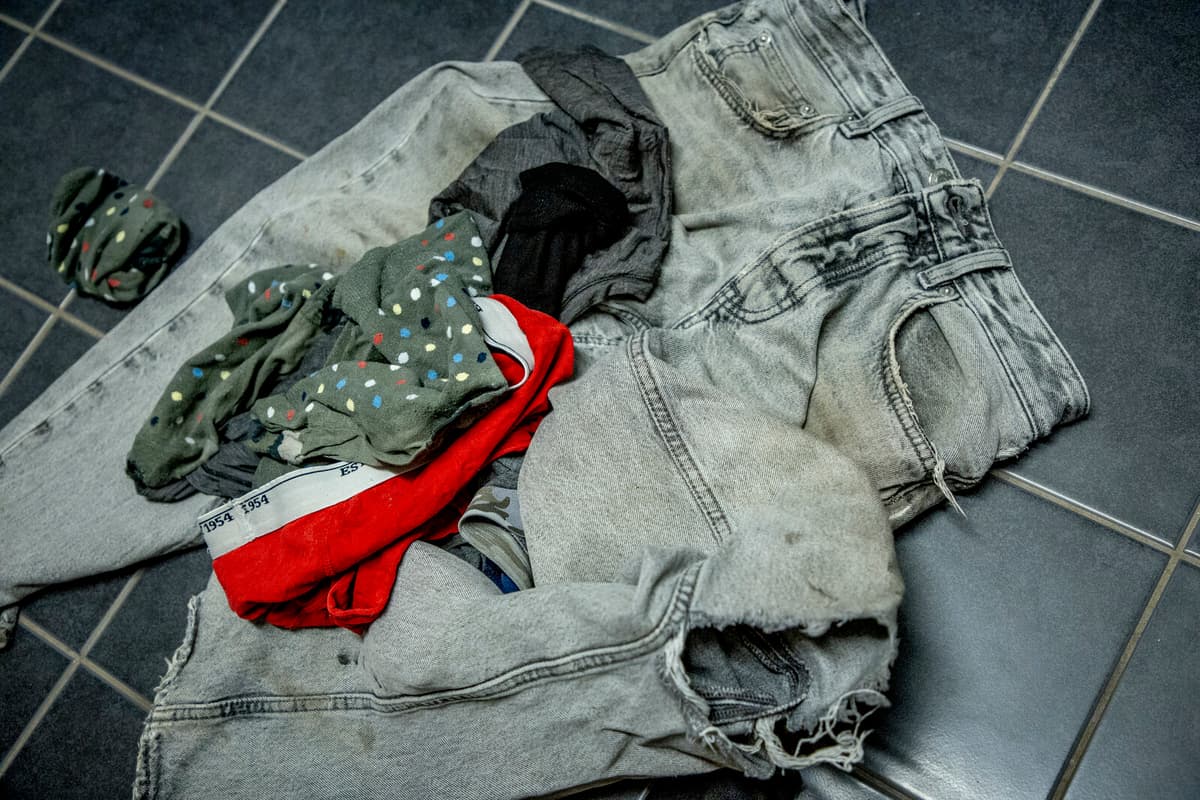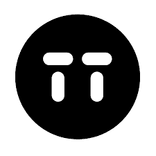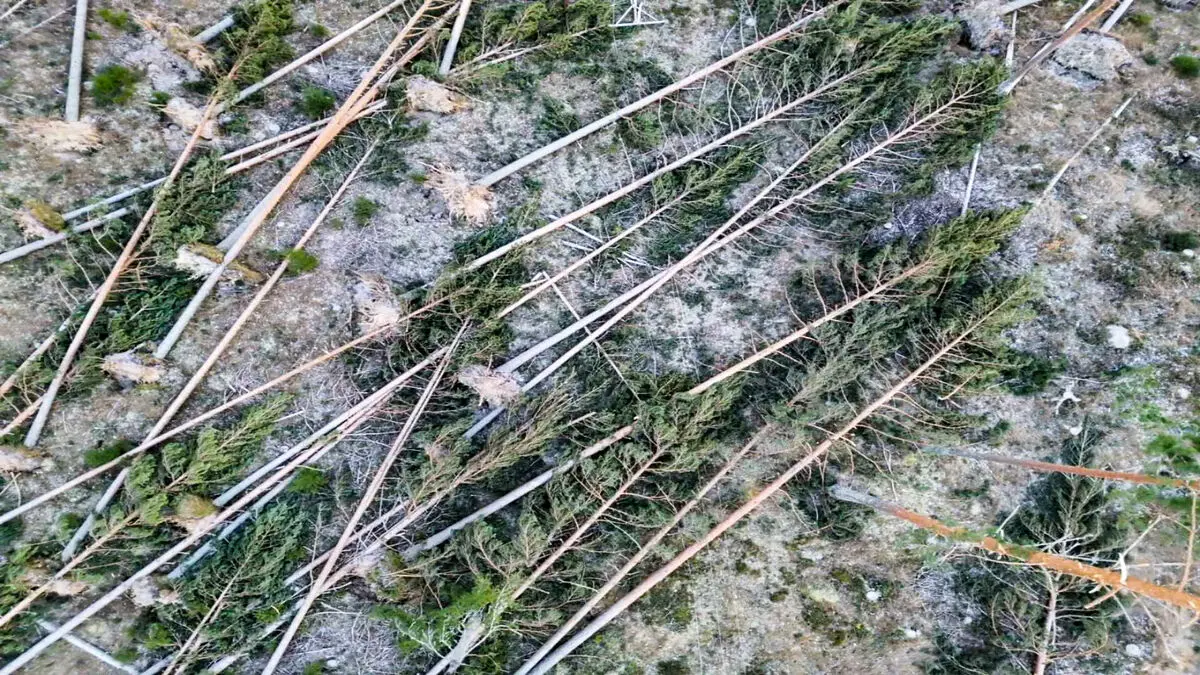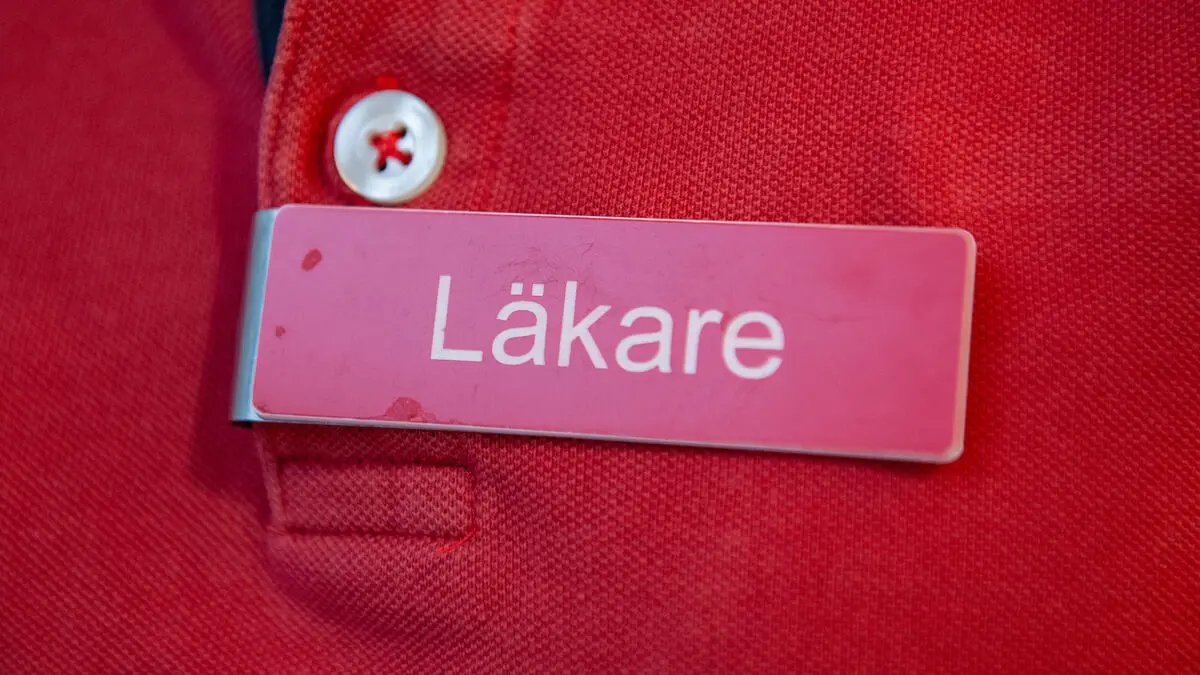The idea with the new law on separate collection of textile waste that came into effect on January 1 was good. Everything was to be sorted and handed in or donated to be sold second-hand. In practice, however, the textile law has created problems in many municipalities.
Non-profit organizations are overwhelmed with textiles that cannot be sold. At recycling facilities where municipalities send their textile waste, mountains of non-recyclable items are growing, such as broken clothes from low-cost chains, stained textiles, and holey socks.
Dirty and broken clothes easily end up in the same container, and several municipalities have now asked their residents to throw away broken, stained clothes directly in the trash, says Climate and Environment Minister Romina Pourmokhtari (The Liberals).
A bag
To address the problem, the government will now investigate whether the incorrectly sorted material can be handed over free of charge to the manufacturer, says Pourmokhtari at the government's summer party.
A law change will also make it possible to, from October 1 this year, limit the textiles to be sorted and throw away items such as holey socks, stained textiles, and worn-out clothes directly in the trash can.
Personally, I have so far collected such a bag in my closet. The household waste is in turn used to produce heat and energy, so it will be used, says Romina Pourmokhtari.
More sorting
The government has also tasked the Environmental Protection Agency with investigating how to recycle more than just packaging during recycling.
We will investigate how, for example, a dish brush can be thrown directly into plastic recycling, so that it can be sorted afterwards.
In this way, Sweden will be better able to meet the EU's waste management targets. Today, Sweden misses that target by 15 percent, notes Pourmokhtari.






